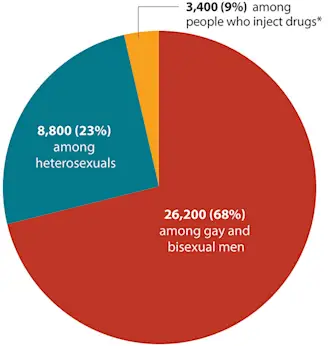
While watching Jennie Livingston’s Paris is Burning, my favorite moments were the interview segments with the main subjects. These powerful scenes allowed us to connect with these drag queens outside of the ballroom, and on a more intimate level. During these segments, many of the queens revealed their aspirations (i.e., to become famous, receive a sex-change surgery, or be a model) and hopes for the future of the LGBTQ community. While many of the queens were cautiously optimistic, I couldn’t help but think about the ongoing AIDs crisis and violence against members of the LGBTQ community during this time that could possibly cut their futures short.

Sadly, my early premonitions came true, as Venus Xtravaganza was killed prior to the film’s ending. The scene where her death was revealed was incredibly sad and unnerving. She had such a bright soul and was so hopeful for her future as a woman and model. It is terrible that her life had to get cut short due to unspeakable violence. All she wanted to do (as well as the other drag queens) was to live as woman without being judged, mocked, or even worse. While she did explain an earlier situation in which she had to jump out of a window to protect herself from an angered partner, I still didn’t expect her to die so soon. As a result, her death was even harder to process.
After viewing the film, especially after learning about Venus’s death, I was curious as to which subjects from the film are still alive today. In theory, many of the subjects should still be alive since they were only born in the 1960s (when my dad was born). However, the results of this search were disheartening, but not unexpected. I ended up finding an article on thegayuk.com which described the whereabouts of the film’s main subjects. Although it was posted in 2017, the information it provided still holds true today.


Out of all the main subjects of the film, only three of them are still alive in 2024: Freddie Pendavis, Sol Pendavis Williams, and Junior Labeija (the emcee). In fact, most of the queens passed away in the late 90s or early 2000s. While there was some variety in how they died, Angie Xtravaganza, Willi Ninja, and Dorian Corey all sadly succumbed to AIDs-related illnesses. The living queens still give the occasional interview but have mainly stayed out of the spotlight.

Along with Pendavis and Labeija, the film’s director, Jennie Livingston, is also still living. When the film initially came out, there was some controversy regarding Livingston’s position as a white director who was not a part of the New York City ball/drag culture (mainly consisting of African-American and Latino communities). It is interesting to note that, out of everyone associated with the film, Livingston is one of the only ones who lived long enough to see the film added to the National Film Registry in 2016. She stayed alive to receive all the praise and accolades for her film, while many of the subjects (all of whom were minorities) have died and would never receive the fame and fortune they had hoped for.

Overall, this article just shows the gravity of the AIDs crisis and violence against those in the LGBTQ community during the 1990s, continuing into today. While AIDs peaked in 1995, almost 700,000 people still die from HIV/AIDs-related illnesses each year, with over half of those illnesses being linked to Gay or Bisexual men. (HIV.gov). Additionally, according to hrc.org, attacks based on gender identity in 2024 are up 16% from 2023 and up 23% based on sexual orientation. These statistics show that a lot of work still needs to be done to protect members of the LGBTQ community. Members of this community (along with other minority communities) deserve to live long, fulfilling lives. They should be able to attain any aspirations they have for themselves without constant fear of their lives getting cut short by hate crimes or other terrible circumstances.